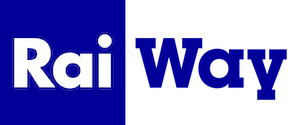2024–2027: a Plan to enhance, diversify and grow
Rai Way - beyond the Tower Company
Rai Way is a leading Italian operator providing infrastructure and integrated digital solutions, able to embrace the challenges of digital transformation and support the country’s technological progress.
The Company evolution tells a unique story: from a technical division dedicated to the transmission and broadcasting of Rai – Radiotelevisione Italiana programmes, to a publicly listed and market-competitive company.
Not just a tower company, but a key player within the communications ecosystem — with an exclusive role in ensuring the nationwide distribution of Italy’s public broadcasting service.
A diversified business model
Rai Way’s model is built on a broad and diversified service portfolio, ranging from the transmission of Rai signals to the management of broadcast networks for local broadcasters; from hosting equipment for telecommunications operators and public administrations to distributing multimedia content for media players and OTT platforms; and from developing advanced solutions for data management and transmission to serving both businesses and public bodies.
In broadcasting activities, Rai Way's business model is innovative and distinctive: in addition to owning passive infrastructure such as transmission towers, the company also manages the active equipment installed on them and, for regional networks, the frequencies used to broadcast local channels.
This integrated approach enables Rai Way to provide a complete, technologically advanced and sustainable broadcasting service — one that can seize new growth opportunities through network expansion and innovation within the sector.



